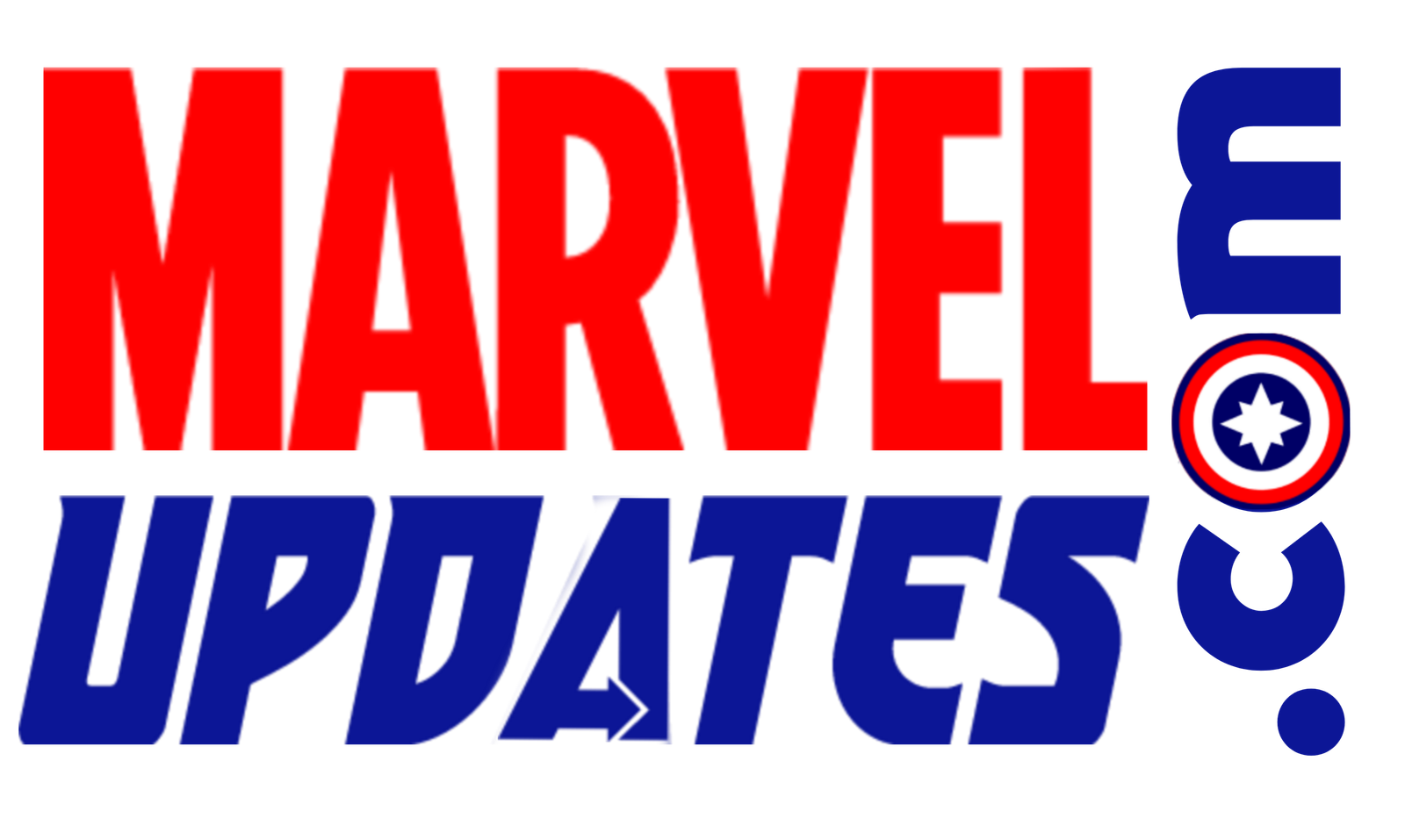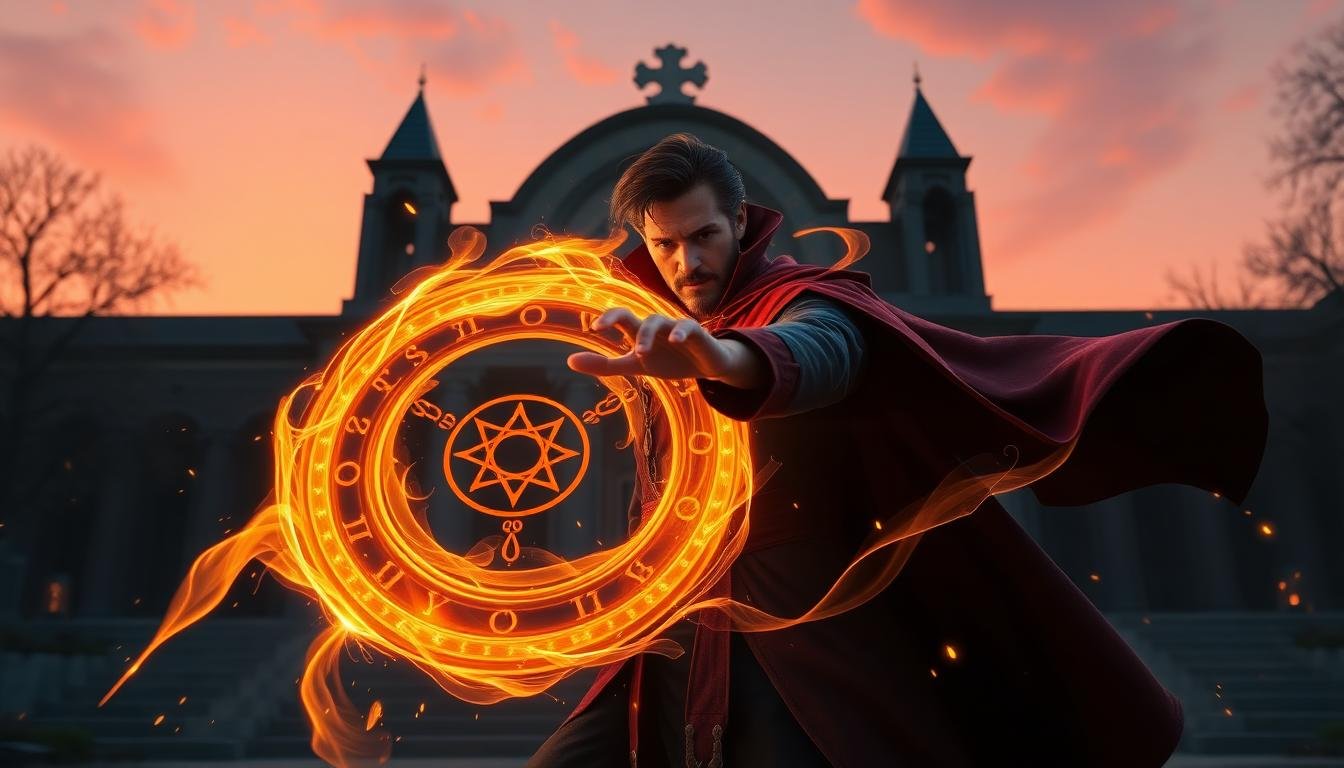Doctor Strange has grown from a niche Marvel character into one of the Marvel Cinematic Universe’s key players. His journey on the big screen blends mysticism, science, and wit, while shaping major storylines across Avengers-level threats and multiverse twists. Here’s a guided look at how the character evolved, what changed along the way, and why he matters to the future of Marvel films.
- Origins on Screen: From Surgeon to Sorcerer
- The “Dormammu” Loop: Cleverness Over Brute Force
- Strange in Ensemble Films: The Calm in the Chaos
- Mentor, Not Just Magician
- The Multiverse Catalyst
- Character Arc: Ego, Accountability, and Cost
- Power Progression: From Sigils to Reality-Scale Stakes
- Visual Identity: Making Magic Cinematic
- Supporting Cast: Wong, Christine, and the Sanctum
- Villains and Threats: More Than Monsters
- Why Doctor Strange Matters to the MCU
- What’s Next: Possibilities and Paths
- Bottom Line
- FAQ
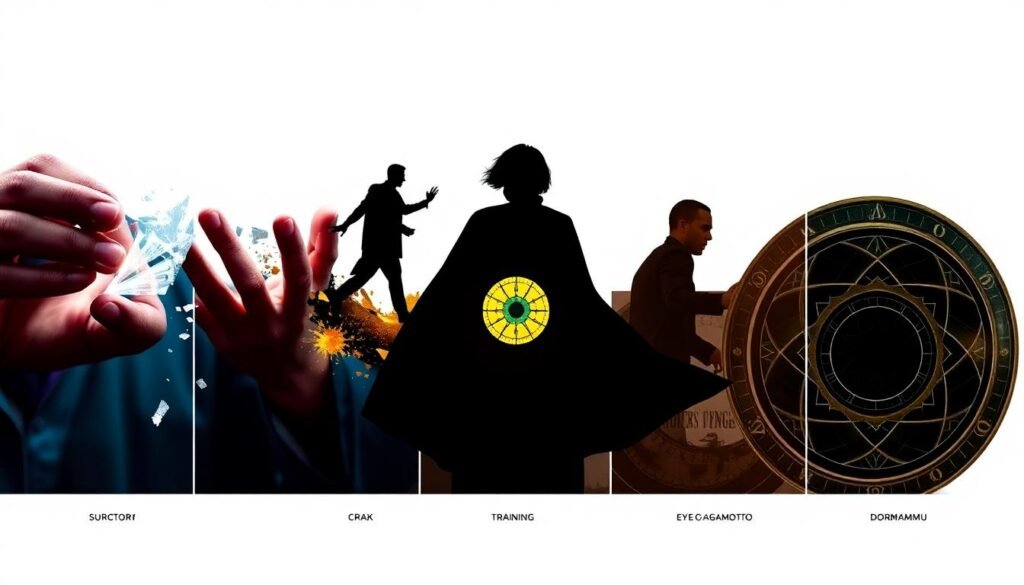
Origins on Screen: From Surgeon to Sorcerer
Doctor Stephen Strange’s screen story begins with a fall from perfection. A gifted neurosurgeon, he loses the steady hands that define his identity after a car crash. In search of a cure, he finds Kamar-Taj, mystic arts, and a mission bigger than ego. The first film sets key themes: humility, curiosity, and the tension between rules and risk. Strange learns astral projection, mirror dimension combat, and time manipulation using the Eye of Agamotto.
This foundation matters. It frames Strange as a rational mind in a mystical world. He treats spells as systems. He studies. He experiments. His skepticism turns into mastery, which helps audiences buy into magic as a form of structured power in the MCU.
The “Dormammu” Loop: Cleverness Over Brute Force
Strange’s first major victory comes not through strength, but strategy. The time loop bargain with Dormammu shows a hero who wins by outthinking a cosmic being. It also signals a tone for his character: rules, logic, and sacrifice. He’s willing to trap himself in pain to save Earth. That moment cements him as a protector with a unique toolkit: he bends time, he calculates outcomes, and he accepts cost.
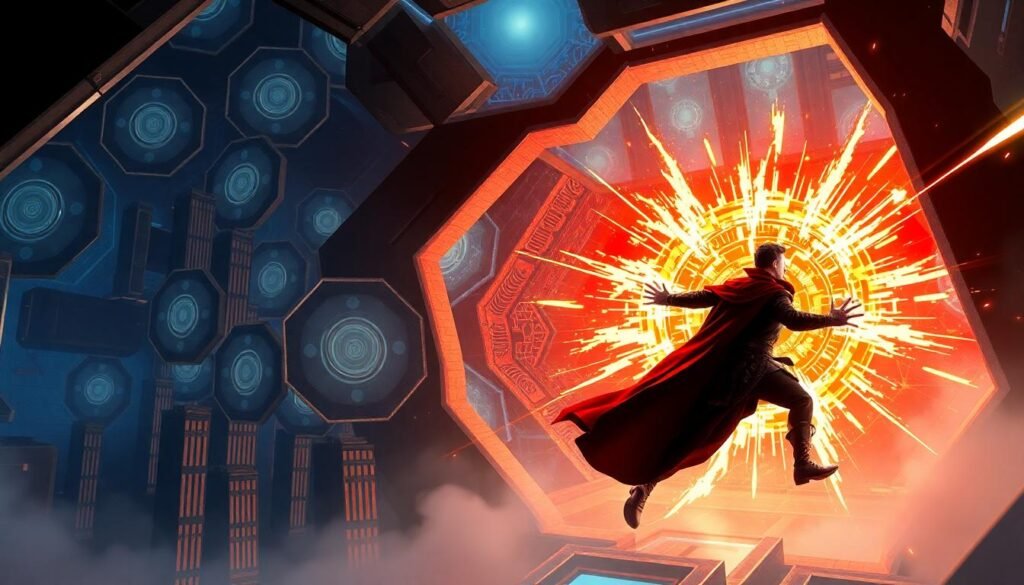
Strange in Ensemble Films: The Calm in the Chaos
With Avengers-level threats, Strange’s role shifts from learner to tactician. He keeps his cool against Thanos, runs millions of scenarios, and chooses the single path that saves the universe. His choices carry weight. He accepts near-certain loss to reach the one win. This positions Strange as a moral and strategic anchor. He is not the strongest Avenger, but he might be the most precise.
Visually, his magic grows bolder. We see crimson bands, orange sigils, mirror shards, and portals in rapid rhythm. The cinematic language around Strange becomes distinctive: geometry, sparks, and shifting planes. The audience learns to read a Strange fight like a puzzle.
Mentor, Not Just Magician
As the MCU expands, Strange becomes a reluctant mentor figure. He guides, corrects, and sometimes scolds. He tries to uphold guardrails while walking the edge himself. That tension is central to his growth. He knows the cost of shortcuts, yet he is tempted by them when the stakes feel high. His maturity as a mentor is a work in progress, which keeps his character human.
The Multiverse Catalyst
As Marvel embraces multiverse stories, Strange moves from sorcerer to multiverse architect. He navigates fractures between worlds, variants, and reality-bending threats. This raises hard questions:
- How far can you bend reality to save one person?
- What rules hold when universes collide?
- Who gets to decide which reality survives?
The cinematic approach shifts too. Visuals lean into kaleidoscopic cityscapes, colliding timelines, and horror-tinged sequences. Strange’s magic becomes more versatile. Shields turn into saws, whips, and runic traps. Music, color, and camera movement follow his thought process, making his spells feel like engineering in motion.
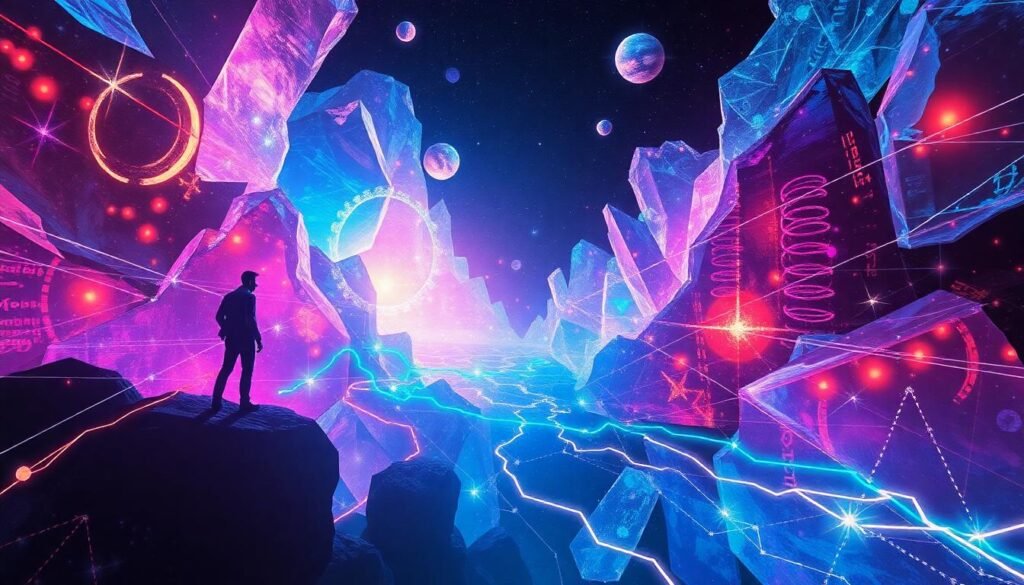
Character Arc: Ego, Accountability, and Cost
The core of Strange’s evolution is about control. Early on, he needs it. He measures life by mastery. Magic humbles him. Being Sorcerer Supreme, losing that title, and facing multiverse consequences school him in accountability. He starts to ask not only “Can I?” but “Should I?” This moral growth gives his story heart beyond spectacle.
Relationships help drive this arc. His respect for Wong, care for Christine, and responsibility to young heroes push him to balance duty with empathy. He still makes hard calls, but he listens more. He weighs the costs with clearer eyes.
Power Progression: From Sigils to Reality-Scale Stakes
On the power side, Strange advances in clear steps:
- Foundations: Portals, shields, mirror dimension, astral projection, relic use.
- Time manipulation: Defensive loops, tactical rewinds, bargaining at cosmic levels.
- Dimensional travel: Navigating and stabilizing reality fractures, reading runes, and binding entities.
- Advanced spellcraft: Complex constructs, creature summons, and reality-aware protections.
Importantly, limits remain. Spells demand focus, energy, and precision. The films show miscasts, backlash, and unintended outcomes. Those limits keep tension high and victories earned.
Visual Identity: Making Magic Cinematic
Doctor Strange’s magic has a signature look that sets it apart:
- Design language: Circles, rings, runes, and lattice structures that suggest math and ritual.
- Color theory: Warm oranges for protection and portals; cooler hues for astral and time effects.
- Spatial play: Folding architecture, gravity shifts, and mirrored planes that turn cities into chessboards.
This style helps viewers track action and understand stakes. It also gives Strange scenes strong rewatch value. You notice new details every time.
Supporting Cast: Wong, Christine, and the Sanctum
Wong evolves from strict librarian to partner and leader. His steady presence grounds Strange. He brings humor, wisdom, and steel. Christine anchors Strange’s human side. She challenges his choices and reminds him of costs beyond cosmic charts. The Sanctum itself acts as a character: a living archive, a fortress, and a home base that ties Strange to a legacy of sorcerers.
Villains and Threats: More Than Monsters
Strange’s antagonists reflect parts of his own struggle:
- Kaecilius: The seduction of shortcuts and eternal life.
- Dormammu: The scale of cosmic indifference and the value of clever constraints.
- Multiversal foes: The danger of obsession, fractured identity, and the ethical weight of fixing reality.
These conflicts push Strange to refine his code. He moves from winning battles to keeping the balance.
Why Doctor Strange Matters to the MCU
Doctor Strange links street-level heroes to cosmic forces. He bridges science and sorcery, logic and faith, Earth and the unknown. As multiverse stories grow, he acts as guide and guardian. He can check cosmic entities, counsel new heroes, and anchor crossover events. His presence helps Marvel tell bold stories without losing internal rules.
What’s Next: Possibilities and Paths
Looking forward, several tracks make sense for the character:
- Deeper lore: More relics, hidden orders, and ancient threats that test the Sanctum’s protections.
- Mentorship: Training new sorcerers, setting clearer rules, and preventing the mistakes of the past.
- Multiverse stewardship: Repairing fractures, negotiating with cosmic beings, and defining ethical lines for timeline changes.
- Personal closure: Reconciling with the life he lost as a surgeon, and building one he chooses as Stephen, not just as Sorcerer.
Bottom Line
Doctor Strange’s evolution in U.S. cinema is about more than prettier spells. It is a story of humility, duty, and the weight of intelligent power. He starts as a brilliant skeptic and becomes a custodian of reality. Along the way, he makes mistakes, pays costs, and learns to lead. That growth keeps the character fresh and gives Marvel room to explore big ideas with heart.
Key Takeaways
- Strange wins with strategy, not brute force, which sets his fights apart.
- His mentor arc adds heart and conflict, making the magic feel earned.
- Multiverse stories turn him into a guardian of balance with ethical choices.
- Visual design, rules, and limits make Strange’s magic cinematic and clear.
FAQ
Why did Doctor Strange become so important in the MCU?
He connects Earth-bound heroes to cosmic and multiverse threats, bringing logic and rules to magic-driven stories.
What makes his fights different?
He solves problems like a strategist. He uses portals, time, and traps, instead of raw strength.
Is he the most powerful Avenger?
Not always. But he is among the most decisive when rules, time, and reality are at risk.
Where could the character go next?
More lore, new students, tougher multiverse ethics, and personal growth beyond the cape.
To contact us click Here .
Discover more from Marvel Updates
Subscribe to get the latest posts sent to your email.
